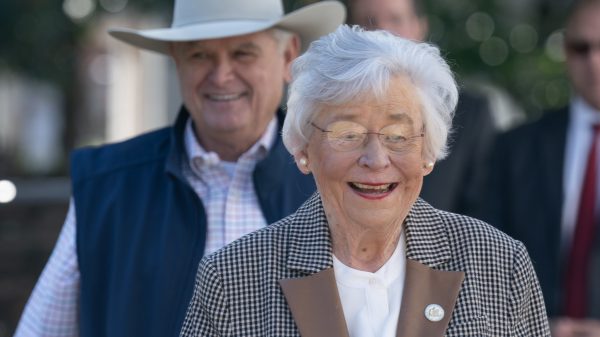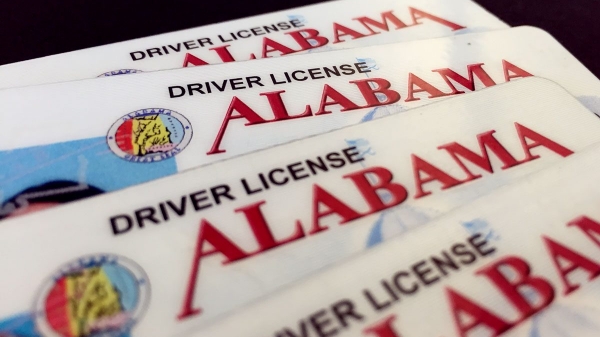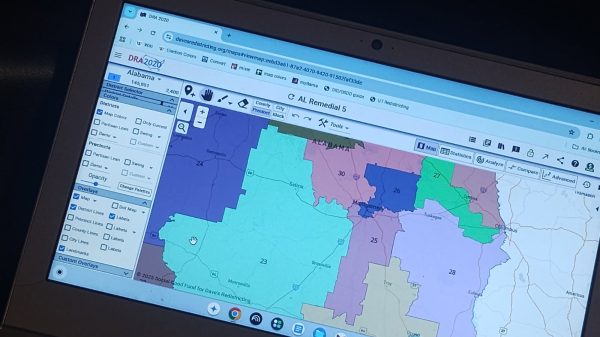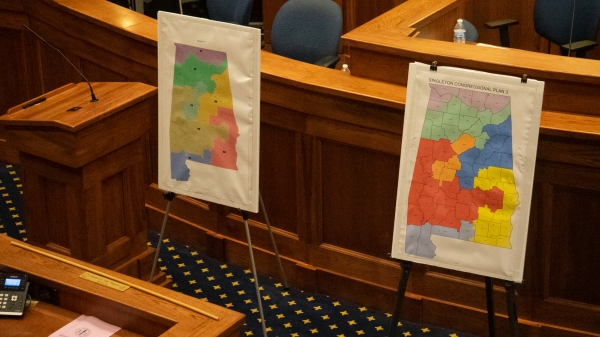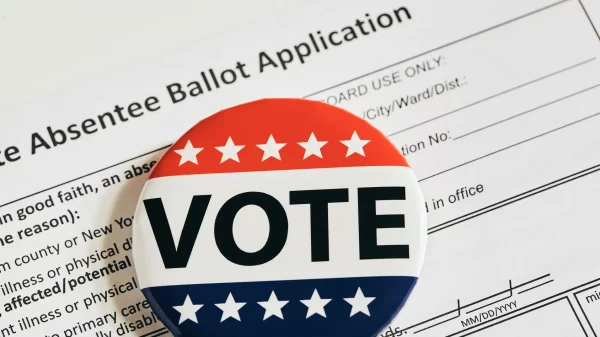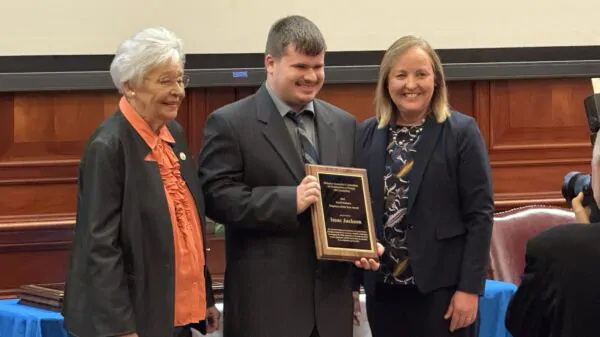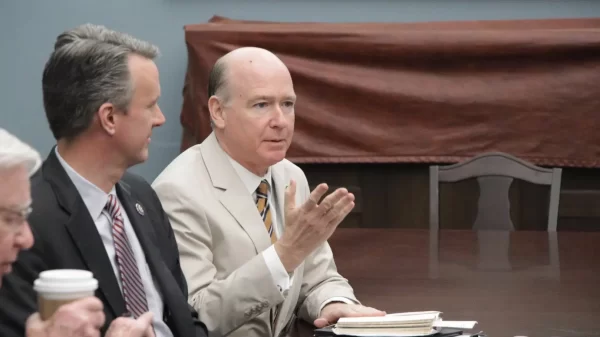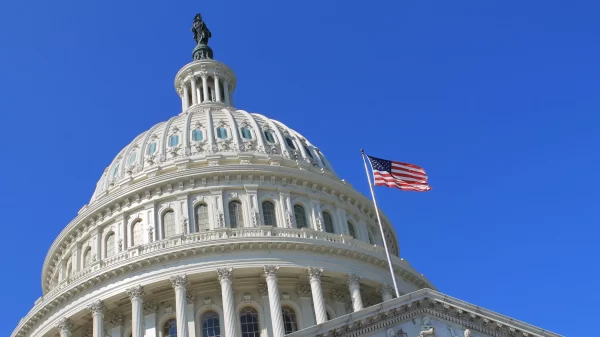The Alabama Commission on Reentry was established through Act 2024-404 by the Alabama Legislature to review and improve the state’s systems for supporting individuals returning to society after incarceration.
The Commission, known as Reentry Alabama, was made up of a wide range of members, including state legislators, agency heads and community leaders. Chaired by Cam Ward, director of the Alabama Bureau of Pardons and Paroles, the Commission worked throughout 2024 and into early 2025 to identify challenges facing formerly incarcerated individuals and to develop actionable solutions to cut recidivism in half by 2030.
Commission members included appointees from both political parties and all three branches of government, as well as representatives from the Alabama Department of Corrections, Department of Mental Health, Department of Human Resources, Medicaid, Veterans Affairs, Workforce Development and the Alabama Community College System.
Stakeholders from legal organizations, reentry programs and advocacy groups such as the Southern Poverty Law Center also played important roles. The Commission met regularly and conducted an assessment of Alabama’s reentry landscape with support from the Council of State Governments Justice Center.
The commission found that Alabama’s existing reentry programs, such as the Day Reporting Centers operated by the Bureau of Pardons and Paroles and the Perry County PREP Center, are effective but not widely available. The PREP Center, for example, has had over 300 graduates since its opening in 2022 and has reported zero recidivism among those individuals.
Despite successes, the commission noted significant barriers remain, especially in areas like transportation and workforce licensing. The commission recommended first conducting a statewide review of laws and regulations that limit occupational licensing for individuals with criminal records.
The commission recommended that Alabama adopt a comprehensive strategy to meet the state’s Reentry 2030 goals. Proposals to support this goal include expanding GED and technical training aligned with labor market needs inside correctional facilities and improving pre-release reentry planning that starts at least a year before a person’s release.
The plan focuses on developing educational resources to help inmates understand which career paths are accessible based on their convictions and how to navigate licensing restrictions. The commission will also work with licensing boards to offer exams inside correctional facilities and ensure incarcerated individuals receive accurate, up-to-date information about licensure eligibility.
The commission also proposes increasing employer engagement by promoting second-chance hiring and educating businesses on available incentives and legal protections, with a focus on high-demand industries that offer upward mobility.
One of the most important structural recommendations made by the commission was the creation of permanent statewide infrastructure to oversee the implementation of reentry initiatives. On May 6, Governor Ivey signed SJR80 into law, which established the Alabama Statewide Reentry Task Force to continue where the Reentry Alabama Commission left off.
The task force includes representation from state agencies in the original commission, while expanding membership with additional state legislators, representatives from local governments, the chief justice of the Alabama Supreme Court, community-based organizations and a person with lived experience in the criminal justice system.
This structure is designed to ensure that progress continues beyond the life of the original Commission and that Alabama maintains a unified and data-driven approach to reducing recidivism.
The report concludes that lowering recidivism is not just a criminal justice goal, it is an economic and public health priority. By providing individuals with training, housing and second-chance employment opportunities, Alabama can reduce its prison population, strengthen its workforce and improve public safety. The work of the commission lays the foundation for these outcomes, and the new Reentry Task Force is expected to continue the work with these actionable items.







